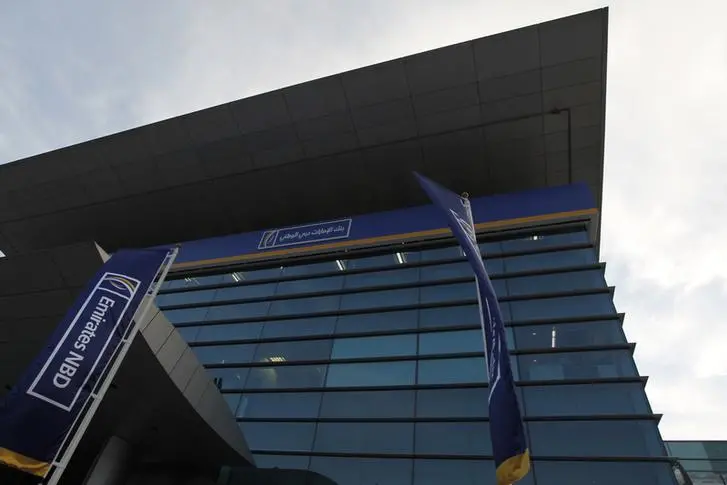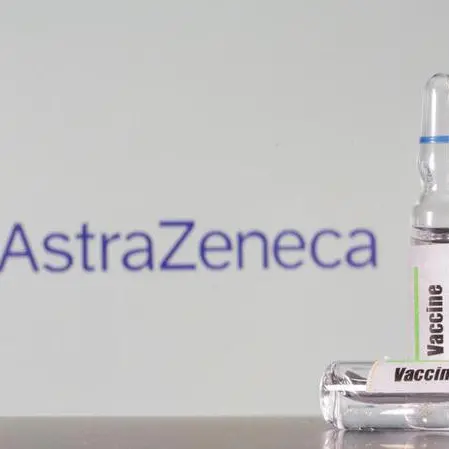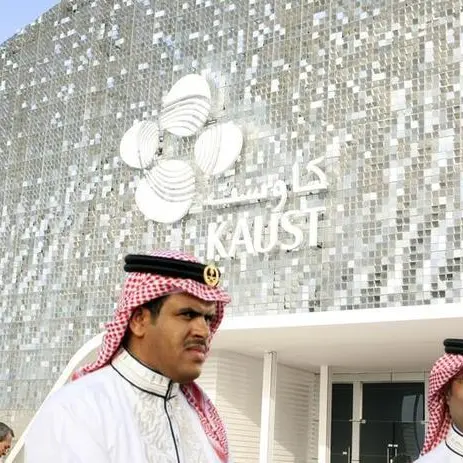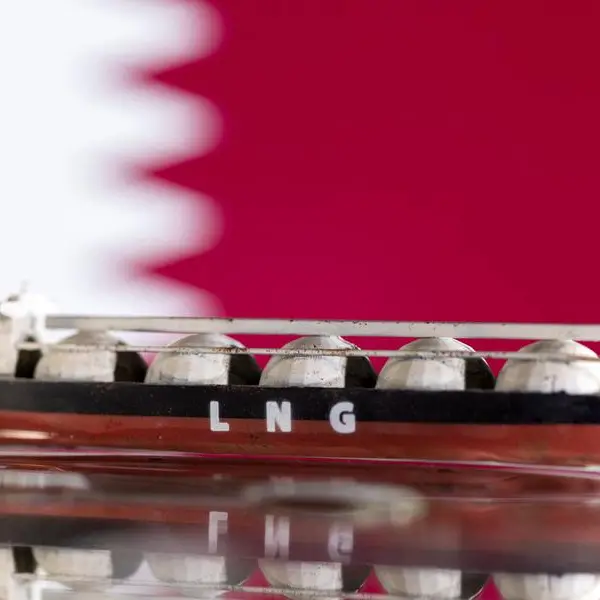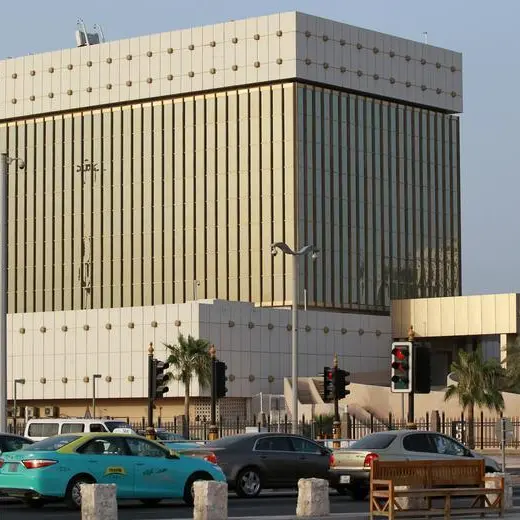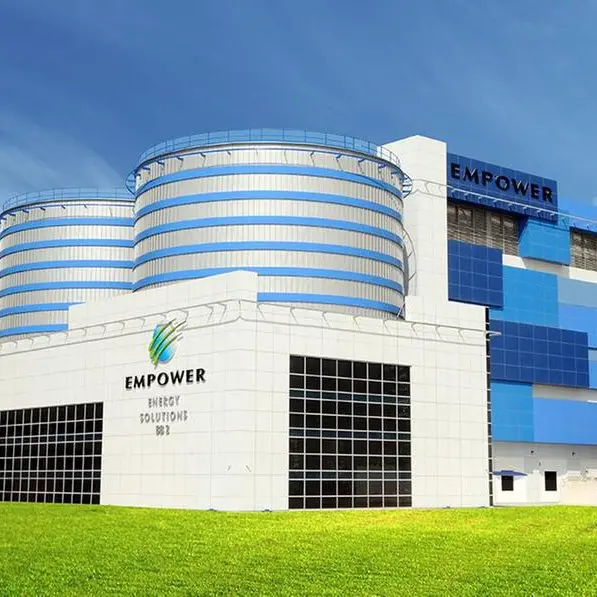PHOTO
Tuesday, Mar 07, 2017
Dubai: The UAE banks’ minimum common equity tier 1 capital (CET 1) ratio could increase to 12 per cent and capital adequacy ratio to 15.5 per cent by 2019, according to the new central bank regulations. But with the already strong capitalisation levels, most UAE banks are prepared to meet the requirements and deadlines, according to analysts.
Tier 1 common capital ratio is a measurement of a bank’s core equity capital compared with its total risk-weighted assets (RWA) that signifies a bank’s financial strength. It is a measure of strength and solvency in times of financial stress. Tier 1 common capital excludes any preferred shares or non-controlling interests when calculating Tier 1 common capital ratio.
Announcing the new capital requirements the central bank said that it seeks to promote the effective and efficient development and functioning of the banking system. “To this end, banks are required to manage their capital in a prudent manner. It is important that banks’ risk exposures are backed by a strong capital base of high quality in order to contribute to the stability of the financial system of the UAE,” the central bank said in a statement.
The new capital regulations announced by the UAE Central Bank require banks to maintain a minimum CET 1 of 7 per cent by 2017 with the counter-cyclical capital buffer (CCB) increasing each year until full implementation in 2019. Including these buffers, common equity tier 1 capital ratio threshold increases to 8.25 per cent in 2017, 8.88 per cent in 2018 and 9.5 per cent in 2019.
“Even though the central bank has not stipulated the countercyclical buffer, but a range, we use the top end on prudent terms and calculate the CET 1 minimum requirement at 9.5 per cent in 2017, 10.76 per cent in 2018 and 12 per cent in 2019. Accordingly, the minimum CAR requirement stands at 11.75 per cent in 2017, 12.38 per cent in 2018 and 13 per cent in 2019,” said Jaap Meijer, head of Research at Arqaam Capital.
Including countercyclical capital buffer the capital adequacy ratio (CAR) could go up to 13 per cent 14.26 per cent, 15.50 per cent in 2017, 2018 and 2019, respectively. Under Basel II, Tier I minimum threshold was 8 per cent and CAR 12 per cent.
Stricter than Basel III
The new rules announced by the central bank are stricter than the bare-bones Basel III framework, which requires a minimum CET 1 ratio of 9.5 per cent by 2019. However, analysts said it is in line with their expectations that the UAE Central Bank will follow the trend set by the other GCC countries.
Analysts said the UAE Central Bank has shown more leniency with respect to legacy bonds with a phase-out period of 10 years — starting January 1, 2017 — more lenient than Basel III, which amortises from January 1, 2013. This implies that it may still be economical to maintain legacy Tier 1 bonds that were mostly issued in 2012-13 for another 5 years before they become uneconomical (coupon vis-a-vis their reduced capital contribution).
Systemically important banks
The central bank is expected to notify the systemically important banks charges in the near future, of which 50 per cent needs to be met by 2017 and 75 per cent in 2018, before full implementation in 2019.
“We believe it could be in the 0.5-2.5 per cent range based on the domestic systemically important bank (D-SIB) charges implemented in rest of the GCC,” said Janany Vamadeva, Arqaam Capital Research Offshore.
According to the new regulations, based on the outcome of the supervisory review and evaluation process conducted by the central bank, a bank may be subject to an additional capital add-on, also referred to as individual supervisory capital guidance (SGC) requirement. The concerned banks must comply with the individual SCG requirement set by the central bank. This may affect tier 2 banks depending on risk profiles.
In general, UAE banks meet the capital rules. Based on 2016 financials, almost all banks fully meet the new rules even when we add countercyclical buffer. Analysts said UAE banks have utilised additional tier one capital in abundance, well in excess of the optimal 1.5 per cent of Risk weighted assets, while issuing too little tier 1 capital. This has made capital structures relatively inefficient, with additional tier 1 coupons absorbing a high share of earnings and pressuring earnings per share.
“National Bank of Abu Dhabi, Emirates NBD, RAKBank, Mashreq and UNB have a higher margin of safety compared with the 12 per cent CET 1 threshold, leaving adequate room to meet domestic systemically important charges, if any. ADIB falls behind, given its capital hole, whilst DIB appears a bit tight. However, the latter can rebuild CET 1 organically if it were to temper its payout or slow down RWAs growth. We expect ADIB to do another rights offering, as we have said before,” said Meijer.
By Babu Das Augustin Banking Editor
Gulf News 2017. All rights reserved.
